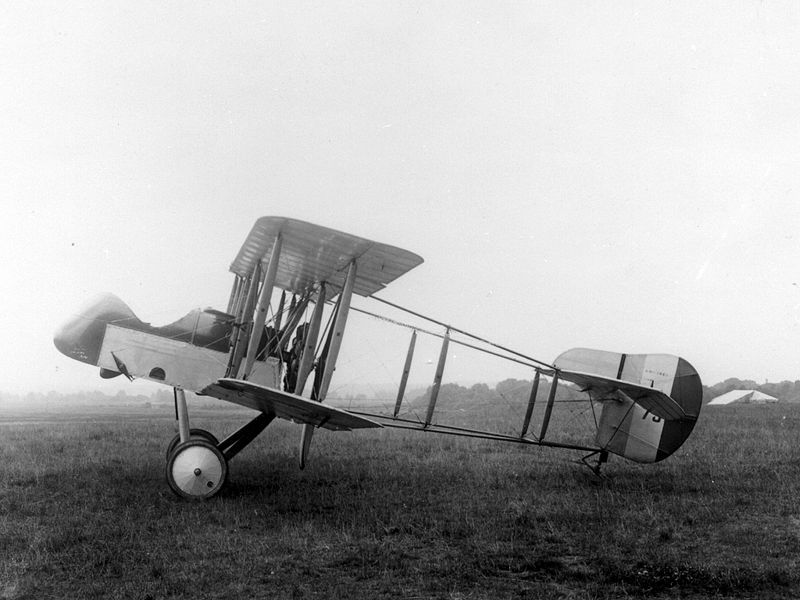Restoration Takes Wing with 3D Printing

The Airco DH.2 photographed at the height of its glory.
Latest News
May 2, 2016
Finding spare parts can sometimes be difficult. Even innocuous parts, such as a new knob for a kitchen stove, can be frustrating to find if the stove isn’t still in production. Often the best bet is to simply find the closest match in appearance, and make a new part work through sheer brute force.
Additive manufacturing (AM) offers the potential for respite from this problem. A quick scan of a broken part can provide the correct appearance and provide the foundation for a new digital design. Even lacking an object to scan, if you have the skill, nearly anything can be created in CAD. This facet of AM is particularly useful for restoration efforts, where original parts may be impossible to find.
 The Airco DH.2 photographed at the height of its glory.
The Airco DH.2 photographed at the height of its glory.Around a year ago, the Combat Air Museum in Topeka, KS managed to acquire a WWI fighter in relatively good condition. The Airco DH.2 was originally built in the UK to battle the “Fokker Scourge” that gave Germany air superiority. Many of the missing parts were restored using traditional manufacturing means, or by just rigging up bits and pieces to the plane. The sticking point came when it was time to reproduce the fighter’s engine.
With the plane being over a century out of production, there was little chance of finding an actual engine replacement. Additionally, the Combat Air Museum had no intention of attempting to restore the Airco DH.2 to flight capability, so actual power wasn’t required. The solution came from Huw Thomas, a professor of industrial design at the University of Kansas.
As a member of the University of Kansas staff, Thomas had access to two LulzBot TAZ 5 AM systems. Using the printers, some reference materials and around 60 hours of design time, Thomas was eventually able to develop a CAD model of the engine. Because he wasn’t able to use the university’s printers solely for his side project, the process dragged on until Thomas decided to buy an additional printer for himself. Completion took some 400 hours of printing in silver ABS, with material costs covered by the Combat Air Museum.
The last piece of the restoration effort will be the design and production of a 3D printed machine gun to be mounted on the front of the fighter. Once the faux-MG is bolted into place, the fighter will go on display. Below you’ll find a video about a still-operational Airco DH.2.
Sources: Topeka Capital-Journal, Plane Talk
Subscribe to our FREE magazine, FREE email newsletters or both!
Latest News
About the Author
John NewmanJohn Newman is a Digital Engineering contributor who focuses on 3D printing. Contact him via [email protected] and read his posts on Rapid Ready Technology.
Follow DE





